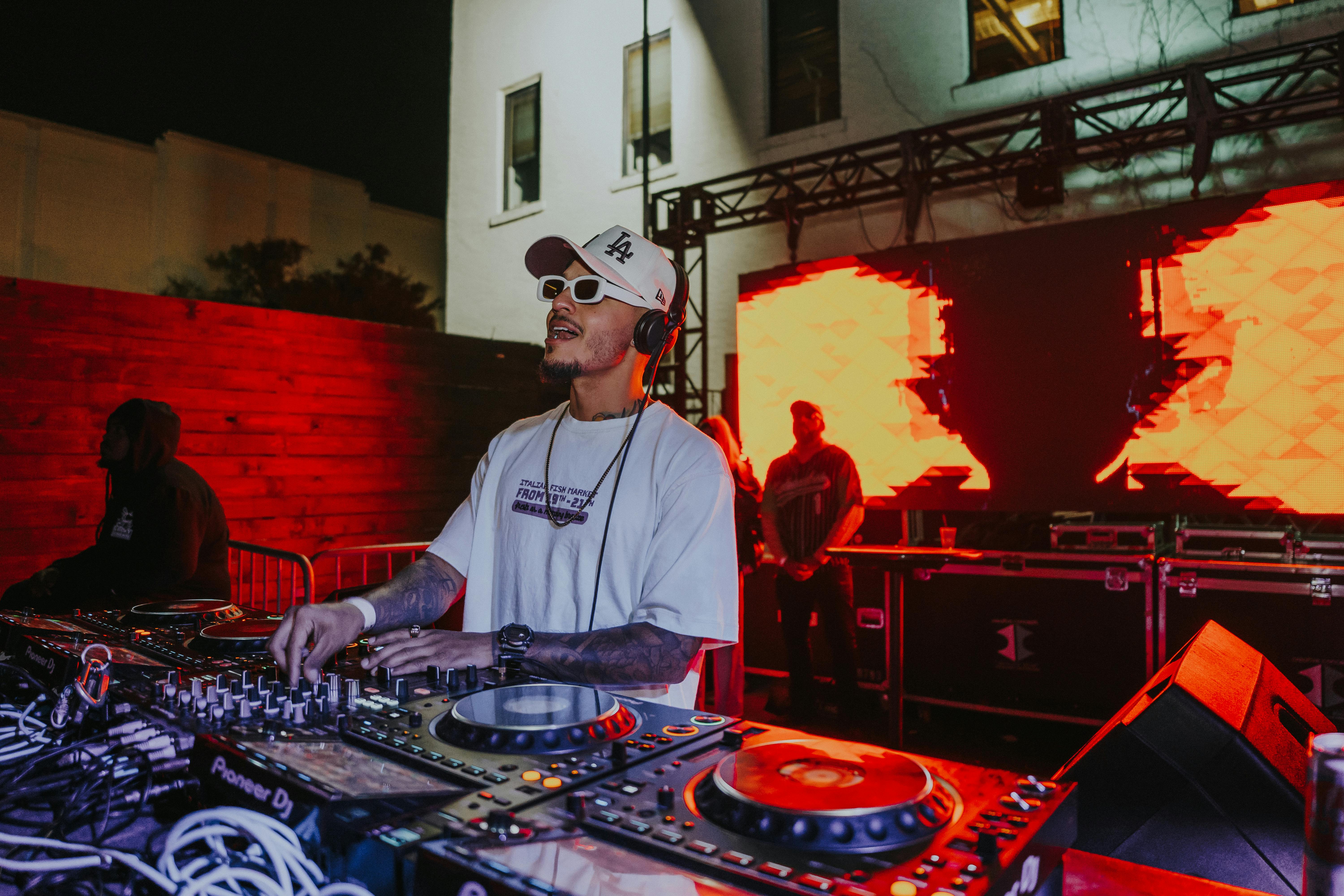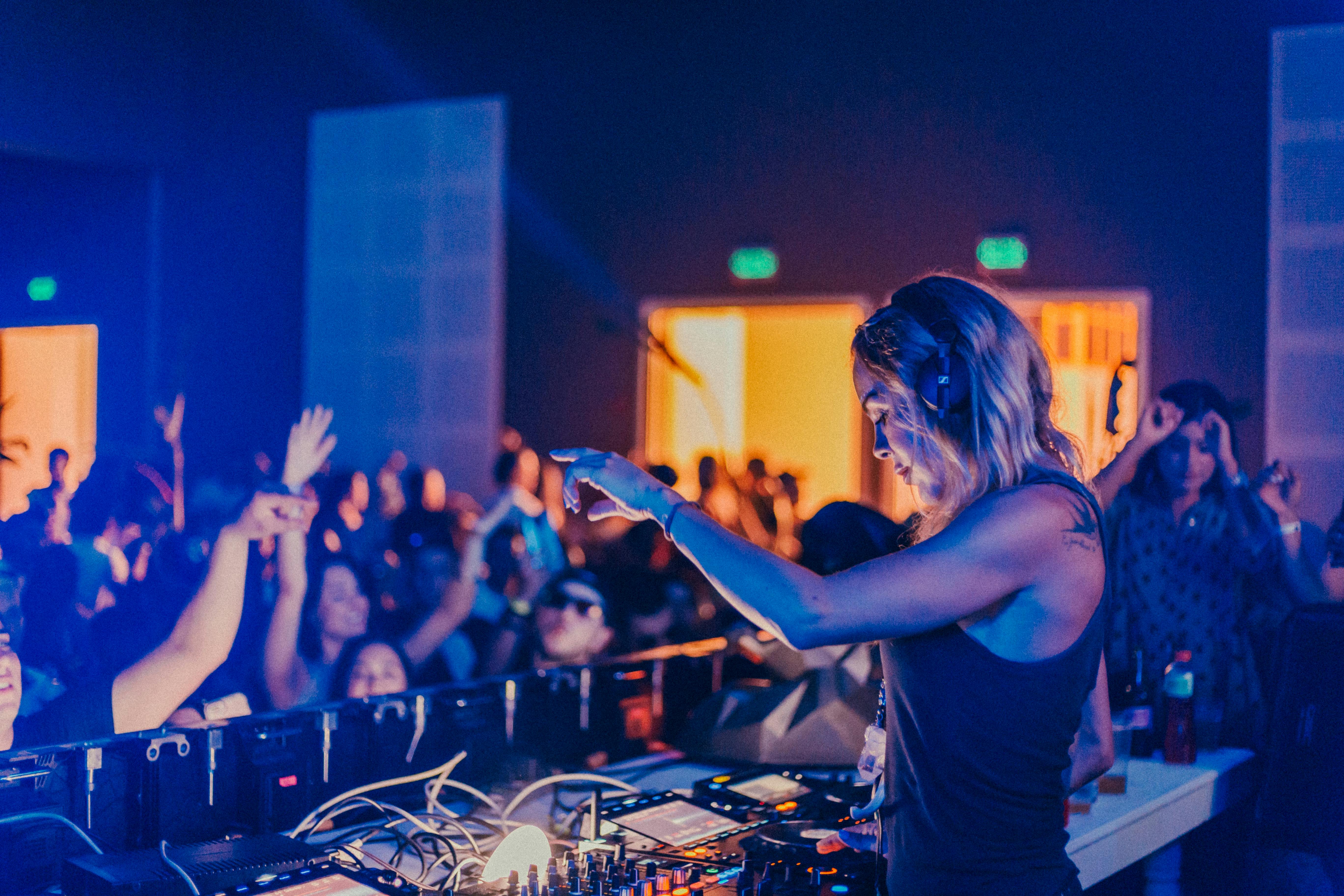Are you ready to take the center stage at your next party and create an unforgettable musical experience? Whether you’re a seasoned DJ looking to refine your skills or a beginner eager to learn the art of DJing, this guide is here to help you rock the turntables with confidence and style. In this comprehensive tutorial, we will dive into the world of DJing, exploring the essential techniques, equipment, and strategies that will make you the life of the party.
As a DJ, your role is not just about playing songs; it’s about curating a seamless journey that captivates your audience and keeps them dancing all night long. From selecting the right tracks and mixing them harmoniously to mastering transitions and reading the crowd’s energy, there are numerous factors to consider when stepping behind the decks. But fear not! In this guide, we will break down the DJing process step by step, offering practical tips and insider knowledge to help you elevate your performances to the next level. So get ready to unleash your creativity, ignite the dance floor, and become the ultimate party maestro. Let the beat drop, and let’s get started!
How to DJ at a party:
- Prepare your music collection and create playlists based on the party theme and crowd preferences.
- Set up your DJ equipment, including turntables, mixer, and speakers.
- Connect your audio source, such as a laptop or USB drive, to the mixer.
- Learn basic DJ techniques, like beatmatching and transitioning between songs smoothly.
- Engage with the crowd by reading their energy and adjusting the music accordingly.
- Add your personal touch by incorporating effects and samples.
- Keep the energy high and the party going by maintaining a good flow of music.
- Don’t forget to have fun and enjoy the party while DJing!

How to DJ at a Party
Are you looking to become the life of the party? Learning how to DJ can help you create an unforgettable atmosphere and keep the energy high all night long. Whether you’re a beginner or already have some experience, this step-by-step guide will provide you with the essential information you need to successfully DJ at a party.
1. Gather the Right Equipment
Before you can start DJing, it’s important to have the right equipment. The essentials include a laptop or computer with DJ software, a DJ controller or mixer, headphones, and quality speakers. Make sure everything is properly connected and set up before the party begins.
Additionally, having a backup plan is crucial. Consider bringing extra cables, batteries, and even a spare laptop in case of any technical difficulties that may arise during the event.
2. Build a Diverse Music Library
No party is complete without a great selection of music. As a DJ, it’s crucial to have a diverse music library that caters to different tastes and genres. Take the time to curate playlists that include popular hits, classics, and niche tracks to keep the partygoers engaged throughout the night.
Keep in mind that reading the crowd is key. Pay attention to their reactions and adjust your music selection accordingly. Being able to seamlessly transition between songs is a skill that will elevate your DJ performance and keep the energy flowing.
3. Understand Song Structure and Mixing Techniques
Knowing the basics of song structure and mixing techniques is essential to create smooth transitions and maintain a consistent flow. Familiarize yourself with concepts like beatmatching, phrasing, and harmonic mixing.
Practice your mixing skills before the party to build confidence and ensure a seamless performance. Experiment with different transitions and effects to add your own unique touch to the music and keep the dance floor packed.
4. Master the Art of Reading the Crowd
Being able to read the crowd and adjust your music accordingly is a skill that sets great DJs apart. Pay attention to the energy levels, body language, and responses of the partygoers. Are they dancing? Do they seem engaged? Use this information to gauge what type of music to play next.
Remember to stay adaptable. Even if you have a pre-planned setlist, be open to changing it based on the crowd’s preferences. A successful DJ knows how to cater to the audience and keep them entertained throughout the night.
5. Create a Memorable Atmosphere with Lighting and Effects
Enhance the party experience by incorporating lighting and effects into your DJ setup. Use colorful lights, lasers, and strobes to create an exciting visual display that complements the music. Sync the lighting with the beats to create a synchronized and immersive experience for the partygoers.
Consider using additional effects such as fog machines or confetti cannons to elevate the atmosphere further. However, be mindful of any venue restrictions or safety regulations when using these effects.
6. Practice, Practice, Practice
Becoming a skilled DJ takes time and practice. Take every opportunity to practice your skills, whether it’s at home, small gatherings, or even local events. The more you practice, the more comfortable and confident you’ll become behind the decks.
Take advantage of online tutorials, DJ courses, and workshops to continuously improve your skills and stay up-to-date with the latest trends and techniques in the DJing world.
7. Networking and Promoting Yourself
Networking is essential for any DJ looking to make a name for themselves. Attend industry events, connect with other DJs, and build relationships with event organizers and venue owners. This will increase your chances of getting booked for future gigs.
Utilize social media platforms and create a professional online presence to showcase your skills and reach a wider audience. Share mixes, behind-the-scenes footage, and engage with your followers to build a strong fan base.
8. Stay Professional and Reliable
Being a professional DJ means being reliable, punctual, and respectful. Always arrive early to set up your equipment, test the sound system, and ensure everything is in working order. Communicate effectively with event organizers and clarify any specific requirements or requests.
During your performance, maintain a professional demeanor and avoid excessive self-promotion or distractions. Remember, your role is to provide great music and entertainment for the partygoers.
9. Continuously Evolve and Stay Inspired
The world of DJing is constantly evolving, so it’s important to stay inspired and adapt to new trends and technologies. Keep an open mind and explore different genres and styles of music to broaden your horizons.
Attend DJ workshops, watch live performances, and listen to other DJs to gain inspiration and learn new techniques. Embrace a growth mindset and always strive to improve your skills and deliver memorable experiences for your audience.
10. Enjoy the Journey
Finally, remember to enjoy the journey. DJing is all about creating joyful and memorable experiences for others. Embrace the challenges, learn from your mistakes, and cherish the moments when you see the crowd dancing and having a great time.
With dedication, practice, and a passion for music, you can become a skilled DJ who leaves a lasting impression on every party you play.
Frequently Asked Questions
Here are some commonly asked questions about how to DJ at a party:
What equipment do I need to DJ at a party?
To DJ at a party, you will need a few essential pieces of equipment. Firstly, you will need a DJ controller or mixer, which allows you to control the music and mix tracks together. Additionally, you will need a pair of DJ headphones, which will help you cue up tracks and monitor your mix. Lastly, you will need a sound system, such as DJ speakers or PA speakers, to amplify the music and create a great party atmosphere.
It’s important to invest in quality equipment that suits your needs and budget. Do your research, read reviews, and consider seeking advice from experienced DJs to ensure you make the right choices.
How do I choose the right music for a party?
Choosing the right music for a party is crucial to creating a fun and engaging atmosphere. Firstly, consider the genre or theme of the party. Is it a birthday party, a wedding, or a themed event? Tailor your music selection to suit the occasion.
Next, think about the preferences of your audience. Are they into popular hits, or do they have more niche tastes? It’s important to strike a balance between playing crowd-pleasers and introducing new or lesser-known tracks. Reading the room and observing the crowd’s reactions will help you gauge what songs are working and what songs may need to be switched up.
How do I mix songs together smoothly?
Mixing songs together smoothly is a fundamental skill for any DJ. Start by understanding the basic principles of beatmatching, which involves syncing the beats of two songs to ensure a seamless transition. Practice your beatmatching techniques using the pitch controls on your DJ controller or mixer.
Transitioning between songs smoothly also involves using EQ (equalizer) controls to adjust the frequencies and blend the sounds of the outgoing and incoming tracks. Experiment with different mixing techniques, such as cutting, fading, and blending, to add variety and creativity to your mixes. Remember to listen and adjust the levels to ensure a balanced sound throughout your set.
How do I read the crowd and keep them engaged?
Reading the crowd is an essential skill for a DJ. Pay attention to how people are reacting to the music you’re playing. Are they dancing and having a good time, or are they looking bored or disinterested? Observe their body language and energy levels to gauge their engagement.
Keep the energy levels high by playing a mix of familiar tracks and introducing new songs that fit the mood of the party. Be responsive to the crowd’s requests and adapt your playlist accordingly. Don’t be afraid to take risks and surprise the crowd with unexpected song choices, as long as they are still within the overall vibe of the party.
How do I handle technical issues during a DJ set?
Technical issues can happen to any DJ, but it’s important to stay calm and prepared. Firstly, make sure you have backups of your music files on a separate storage device or in the cloud. This way, if your main device crashes or malfunctions, you can quickly switch to a backup without interrupting the flow of the party.
If you encounter sound issues, such as feedback or distortion, check your connections and cables. Ensure that everything is properly plugged in and secured. If necessary, communicate with the venue’s sound technician or staff to troubleshoot the issue together.
Remember, technical issues are a part of live performances, and how you handle them can demonstrate your professionalism and adaptability as a DJ.

How To Pack Your Dance Floor (DJ TIPS)
In conclusion, mastering the art of DJing and successfully performing at a party requires a combination of technical skills, creativity, and a deep understanding of the crowd’s preferences. By following the steps outlined in this guide, you can elevate your DJing game and create an unforgettable experience for partygoers. Remember, practice makes perfect, so don’t be discouraged if you encounter challenges along the way. With dedication and a passion for music, you can become a skilled DJ who knows how to read the room, mix tracks seamlessly, and keep the energy high throughout the night.
Furthermore, it is crucial to stay up to date with the latest music trends and technologies in the DJing world. Experiment with different genres and styles, and don’t be afraid to take risks and add your own unique touch to your sets. Remember, a successful DJ is not only someone who can entertain the crowd but also someone who can create a connection with the audience, making them feel a part of something special. So, go out there, embrace the challenge, and let your passion for music shine through as you DJ your way to becoming the life of the party.

